
Pokeweed (Phytolacca americana): A Toxic Plant to Avoid
Pokeweed, scientifically known as Phytolacca americana, is a perennial plant native to North America. Despite its vibrant appearance, it poses significant health risks to humans, pets, and livestock. Understanding its characteristics and dangers is crucial for safety.
Identifying Pokeweed
Pokeweed can grow up to 10 feet tall and is characterized by:
-
Stems: Thick, smooth, and often reddish-purple.
-
Leaves: Large, simple, and alternate, measuring 4–12 inches in length.
-
Flowers: Small, white to greenish-white, forming clusters that develop into berries.
-
Berries: Dark purple to black, resembling grapes, growing in elongated clusters.
It thrives in open fields, along fences, roadsides, pastures, and even in gardens where birds drop seeds.
Toxicity of Pokeweed
Every part of the pokeweed plant—root, stems, leaves, and berries—contains toxic compounds, including phytolaccatoxin and phytolaccigenin. These toxins can affect the gastrointestinal system, nervous system, and even the heart.
Toxicity Facts:
-
Root: The most poisonous part of the plant. Even a small piece can be fatal.
-
Leaves and Stems: Become more toxic as the plant matures.
-
Berries: Especially dangerous for children, who might mistake them for edible wild fruits.
Symptoms of Pokeweed Poisoning
If pokeweed is ingested, symptoms can appear within 2–6 hours and may include:
-
Severe nausea and vomiting
-
Diarrhea (often bloody)
-
Stomach pain and cramps
-
Weakness and confusion
-
Difficulty breathing
-
Seizures or coma in severe cases
If any part of the plant is eaten, seek medical attention immediately.
Handling Pokeweed Safely
The sap of pokeweed can cause skin irritation. To handle it safely:
-
Wear gloves and protective clothing.
-
Avoid burning the plant, as inhaling the smoke can be toxic.
-
Keep pets away from areas where pokeweed grows.
-
Wash hands thoroughly after handling the plant.
Removing Pokeweed from Your Property
If you find pokeweed in your yard:
-
Wear gloves and protective clothing.
-
Dig out the entire root system. Pokeweed roots are thick and can regrow if pieces remain.
-
Dispose of it properly. Do not compost it, as toxins can persist. Bag it securely and put it in the trash.
Important Safety Tips
-
Never eat pokeweed berries—not even one.
-
Educate children so they don’t confuse them with grapes or blueberries.
-
Keep pets away from areas where pokeweed grows.
-
Wash hands thoroughly after handling the plant.
Pokeweed is a plant that demands respect. While it has a history in traditional medicine, the danger it poses far outweighs any potential benefit. For beginners and experienced gardeners alike, the best approach is to admire its beauty from a distance and never bring it to your plate.
News in the same category

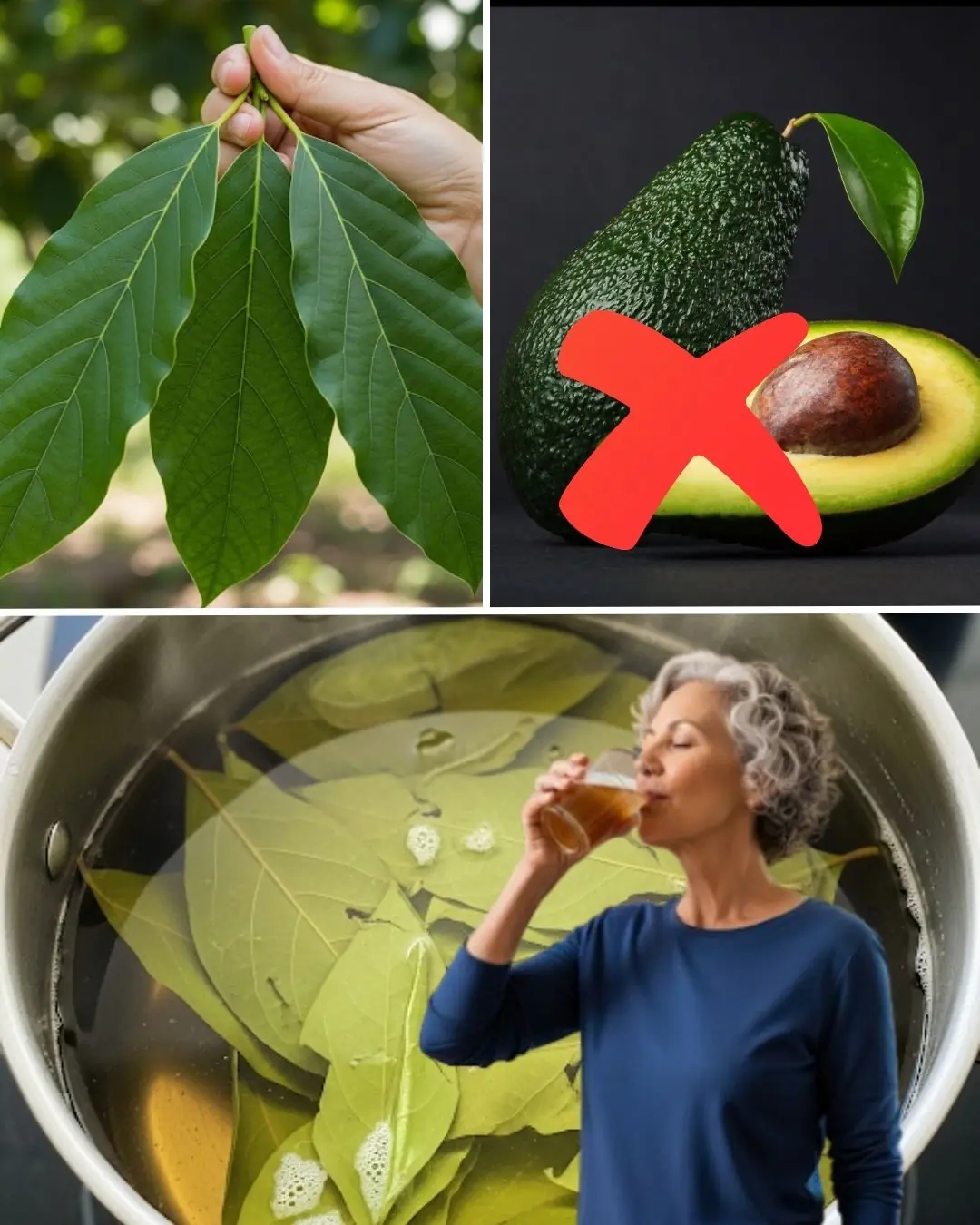
🌿 30 Remarkable Benefits of Avocado Leaves
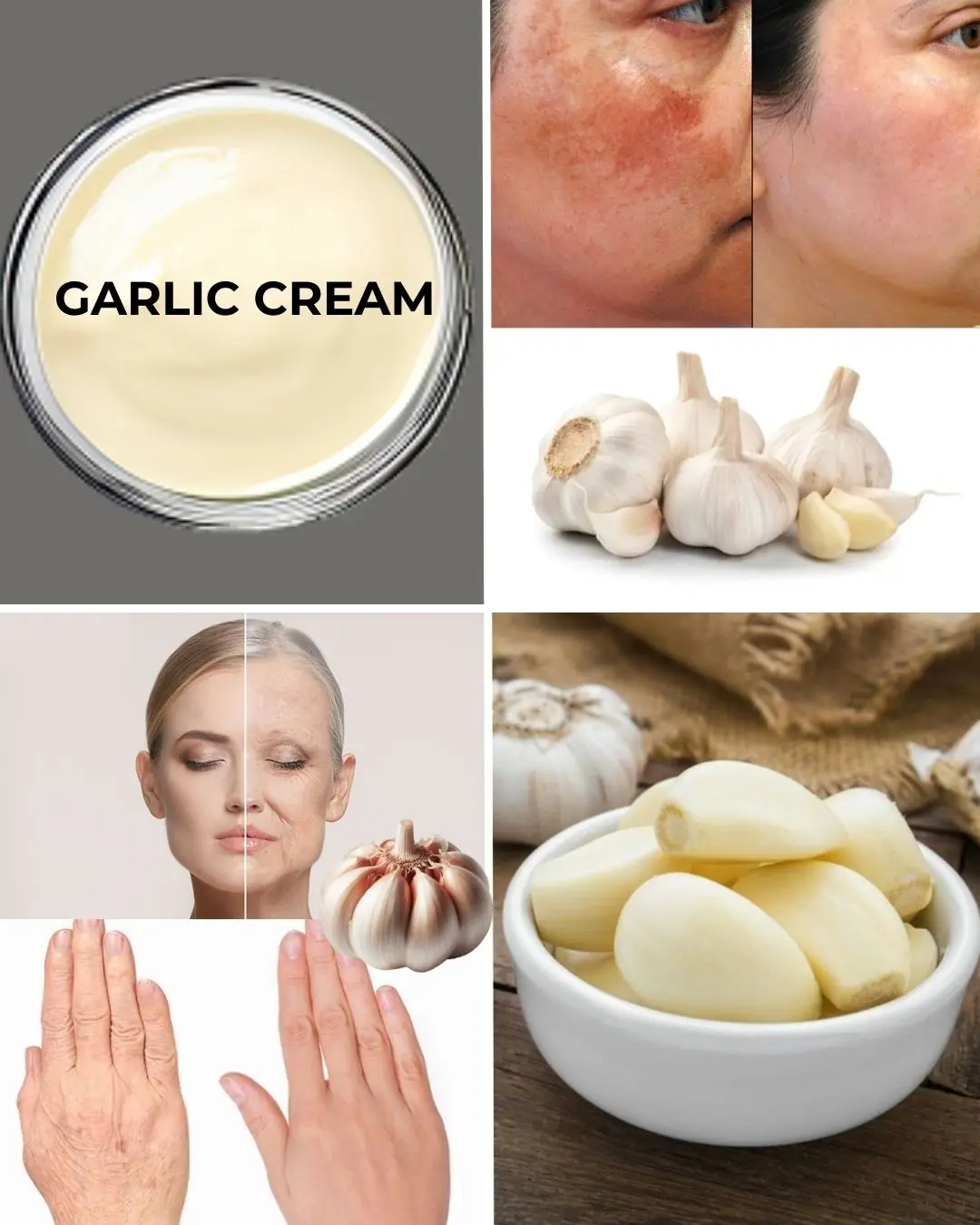
🌿 Natural Collagen Boost: Garlic Remedy for Smoother Skin
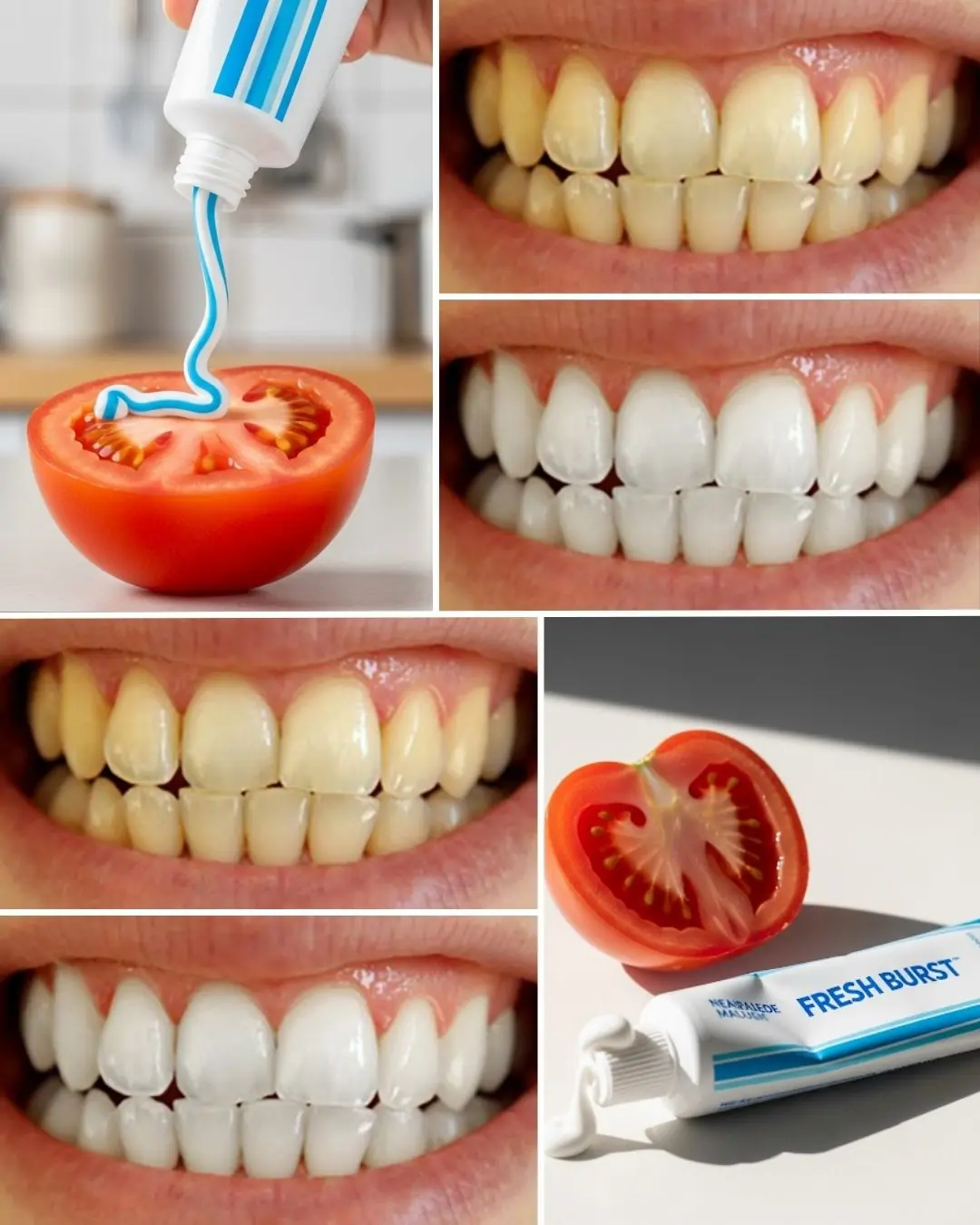
✨ Brighten Your Smile Naturally: A Simple DIY Teeth Whitening Remedy
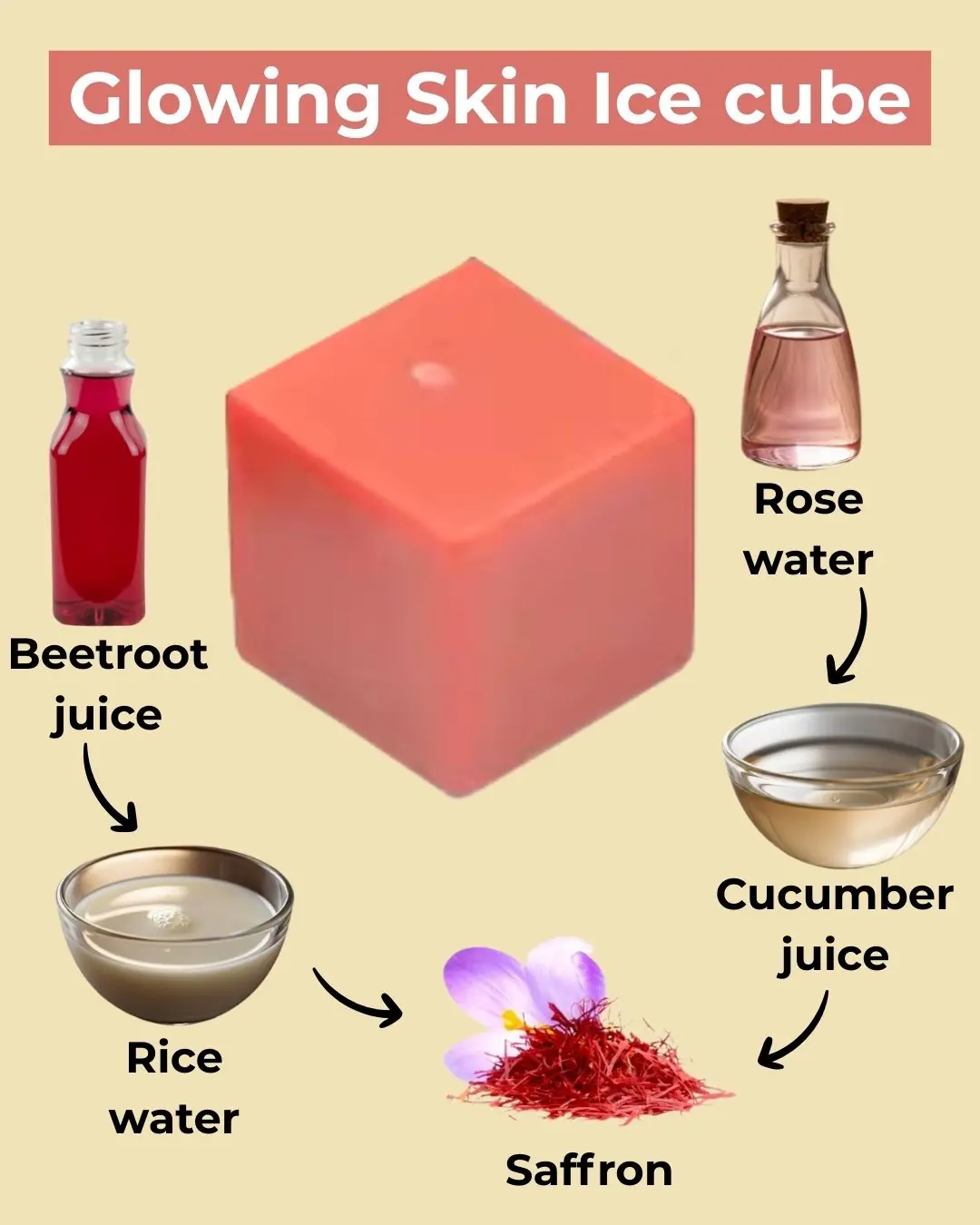
🌟 DIY Collagen Ice Cubes for Radiant Skin

🌿 3 Natural Home Remedies to Remove Skin Tags Safely

Six Powerful Foods to Improve Sperm Health and Boost Male Fertility Naturally

30 Powerful Reasons You Should Stop Ignoring Purslane

Onion Ice Cubes: Clear Dark Spots and Achieve Radiant Skin

Okra Chia Detox Drink : Reverse Your Skin Age 1 Glass At A Time
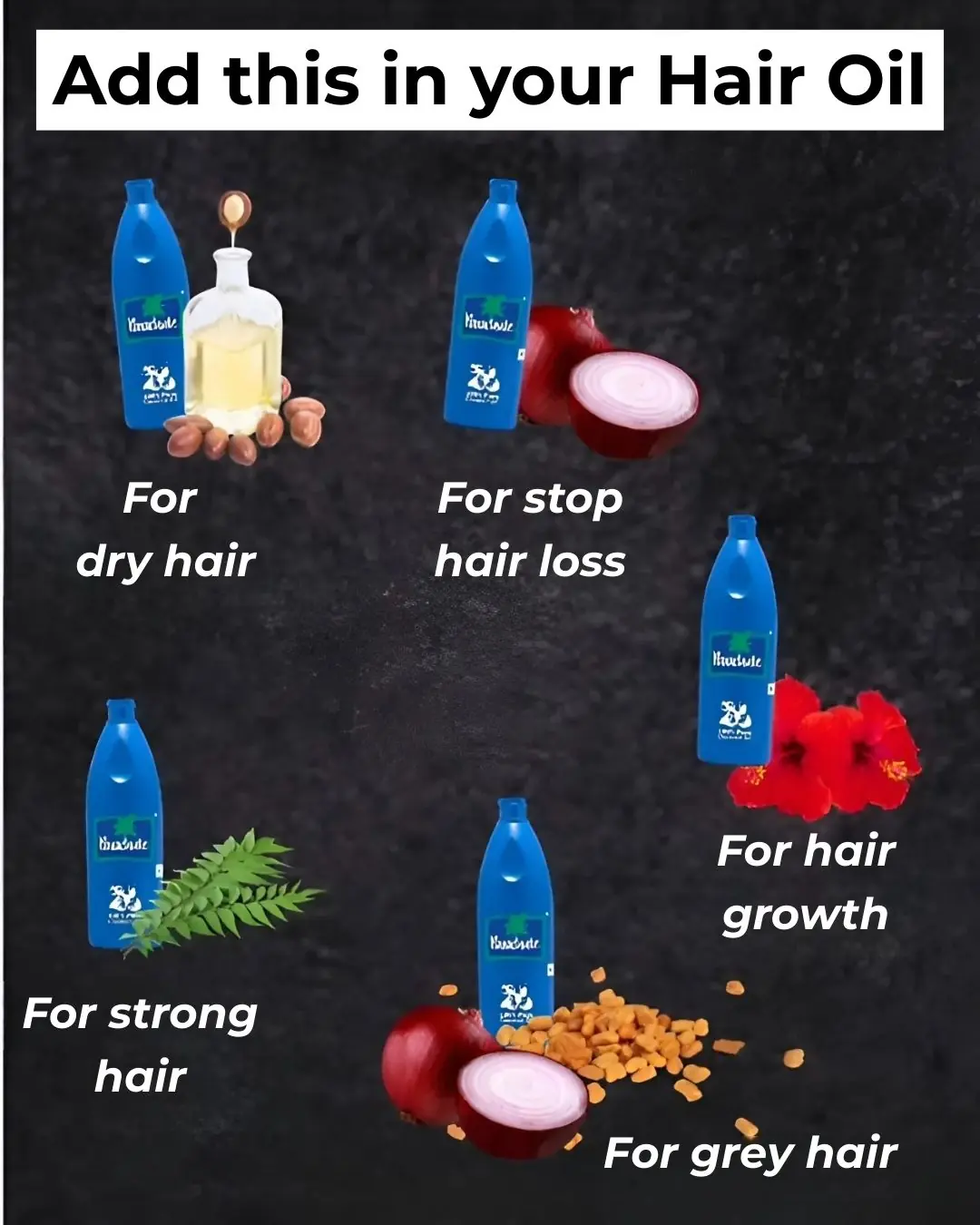
Coconut Oil for Hair Growth – Add this in your Hair Oil

Clove benefits for Skin – Clove Oil, Clove Gel & Clove ice cubes
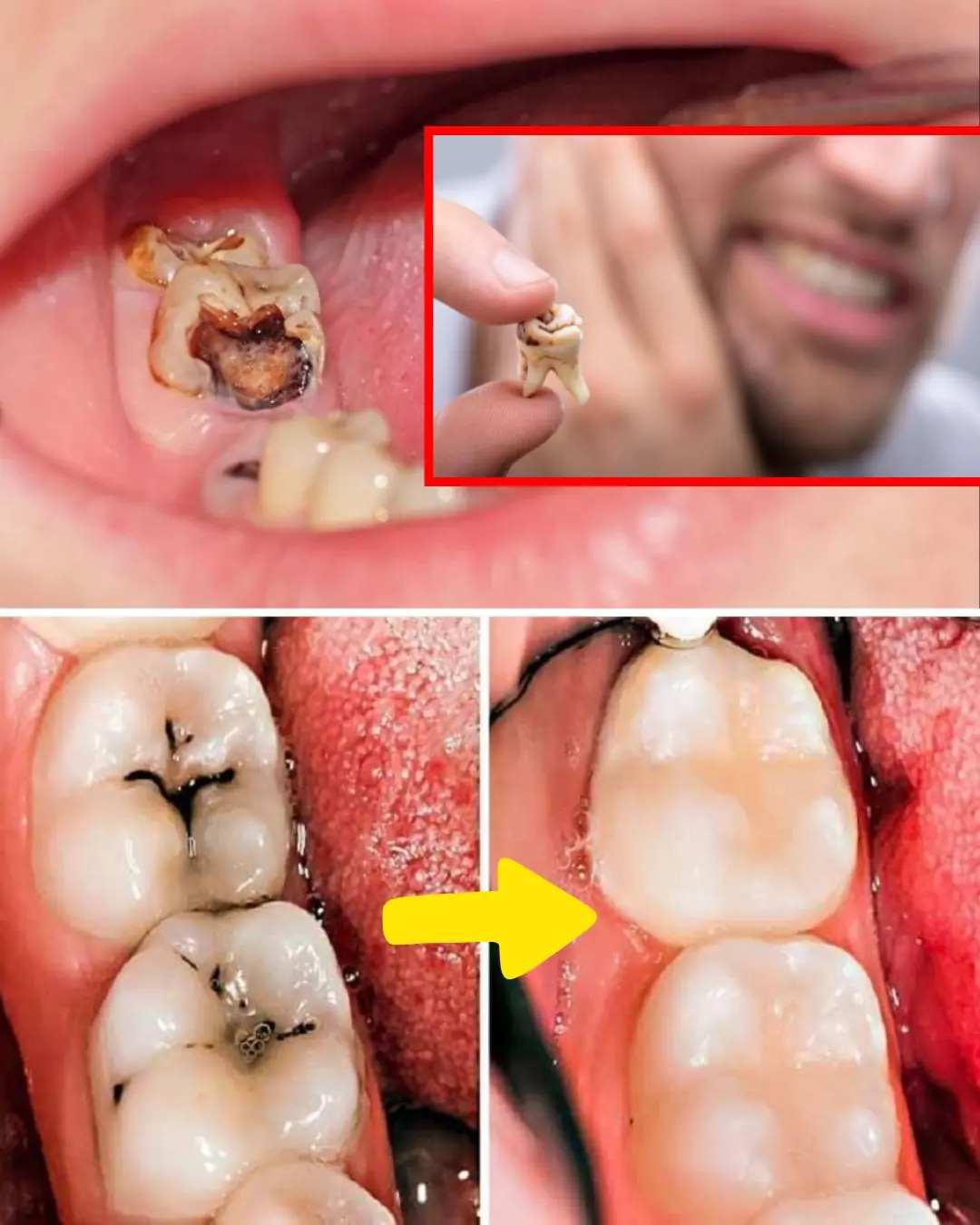
🦷 Understanding Tooth Decay and Remineralization

🧄 Health Benefits of Eating Raw Garlic Daily
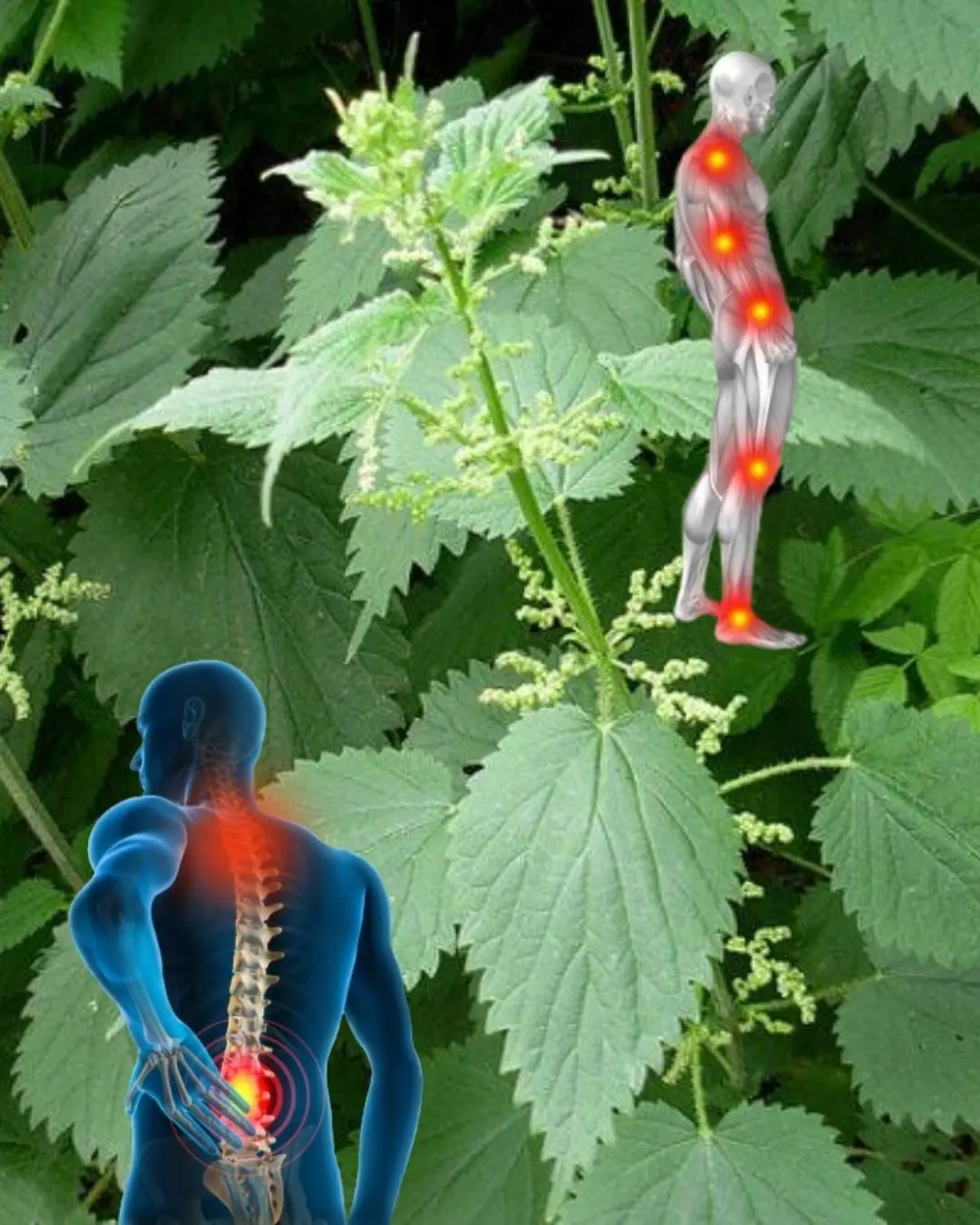
🌿 Stinging Nettle (Urtica dioica): 17 Remarkable Benefits You Should Know
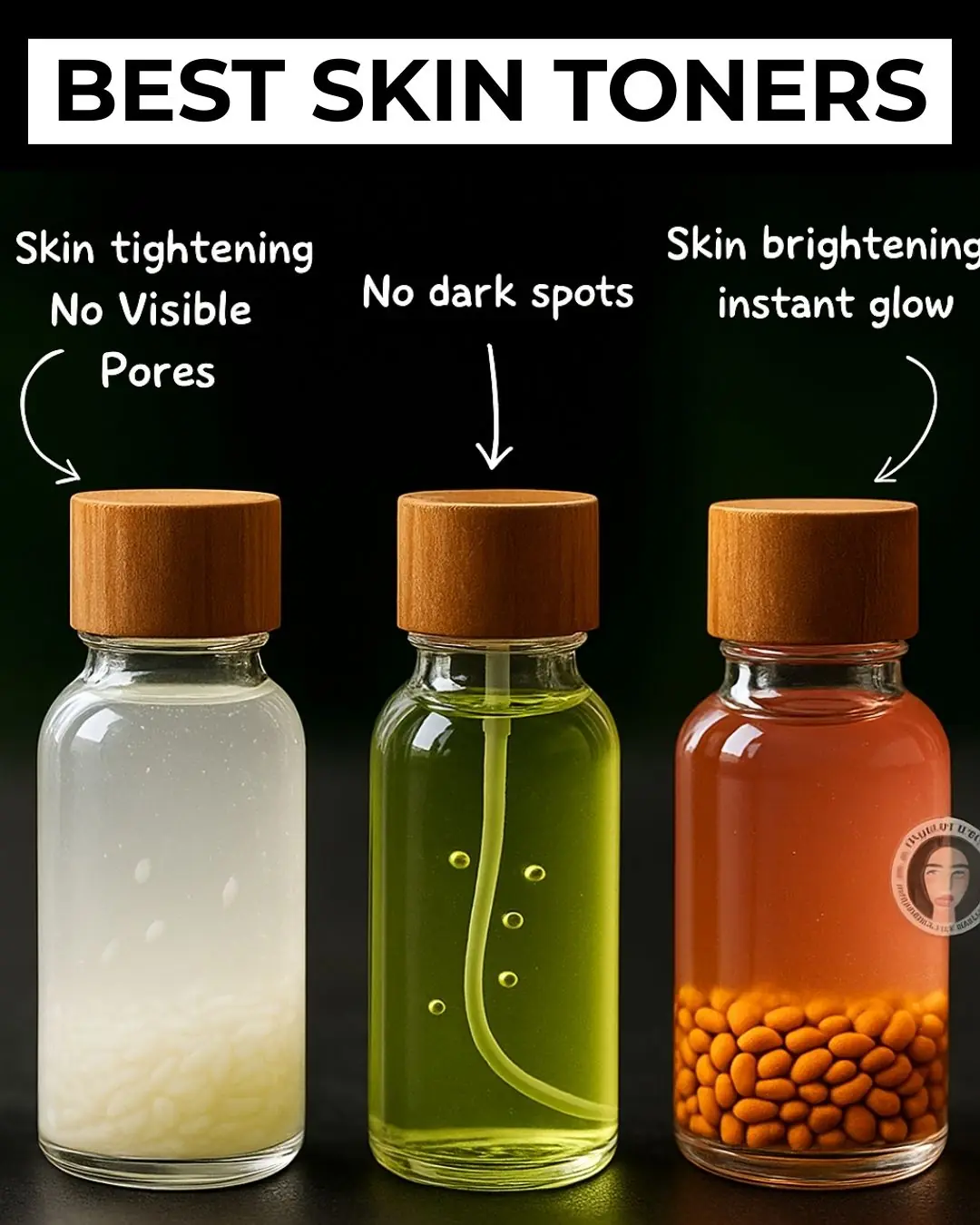
5 Homemade Skin Toners for Glowing Skin, Acne, and Dark Spots
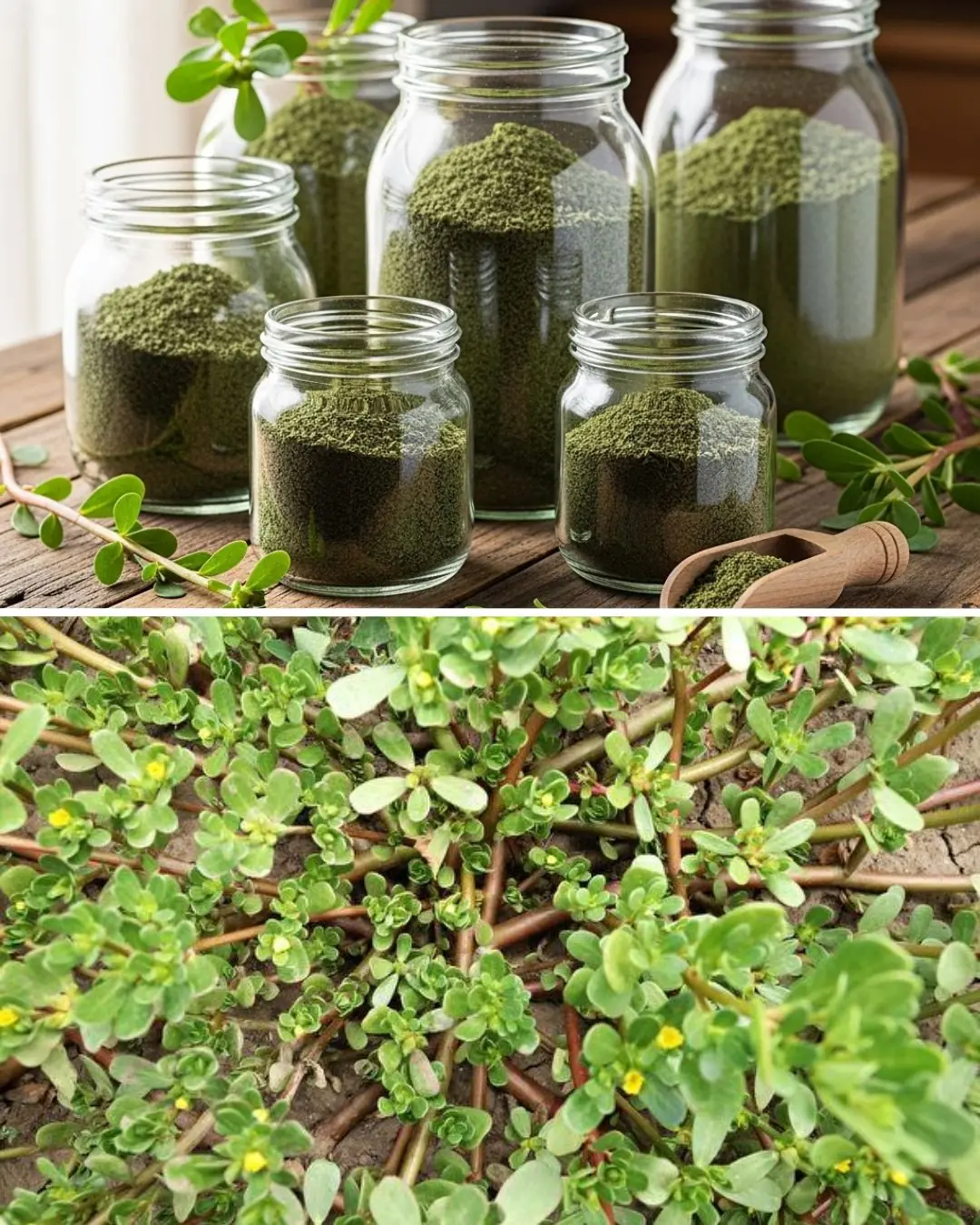
30+ Enriched Reasons to Embrace Purslane (Portulaca oleracea)
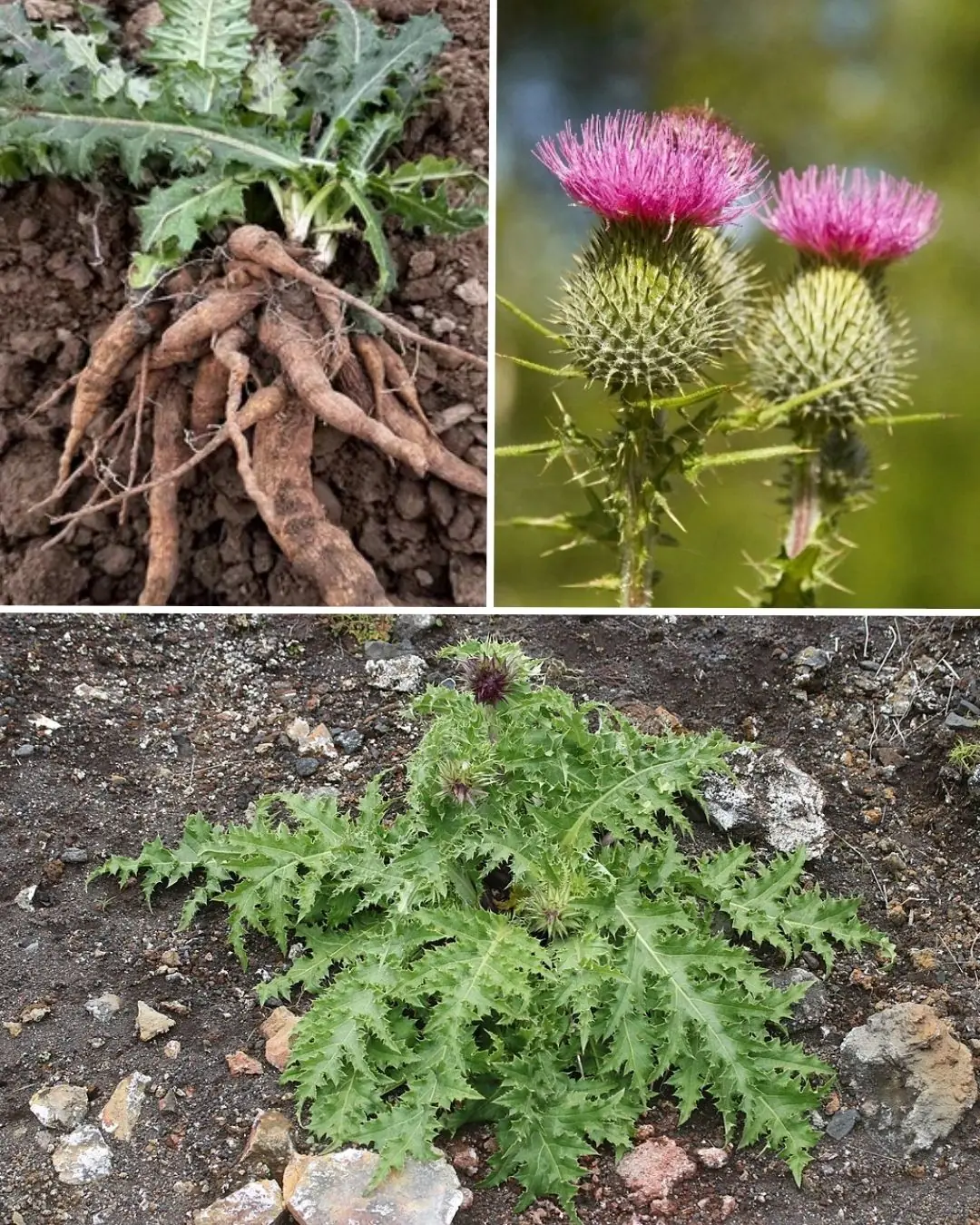
12 Enhanced Benefits of Bull Thistle Root & How to Use It Naturally
News Post

'Frankenstein' creature that hasn't had s3x in 80,000,000 years in almost completely indestructible

Scientists discover ultra-massive 'blob' in space with a mass of 36,000,000,000 suns

When a Washing Machine Shows 7kg, 8kg, or 10kg, Is That the Weight of Dry or Wet Clothes? The Real Meaning Behind These Numbers Is Something That Few People Know

Place a Bowl of Salt in the Fridge: A Small Trick, But So Effective — I Regret Not Knowing It for 30 Years

If Your White Walls Are Dirty, Don’t Clean Them with Water — Use This Trick for a Few Minutes, and Your Wall Will Be as Clean as New

Bubble Wrap Has 4 Uses 'As Valuable as Gold' — But Many People Don’t Know and Hastily Throw It Away

3 Ways to Prevent Snakes from Entering Your House: Protect Your Family
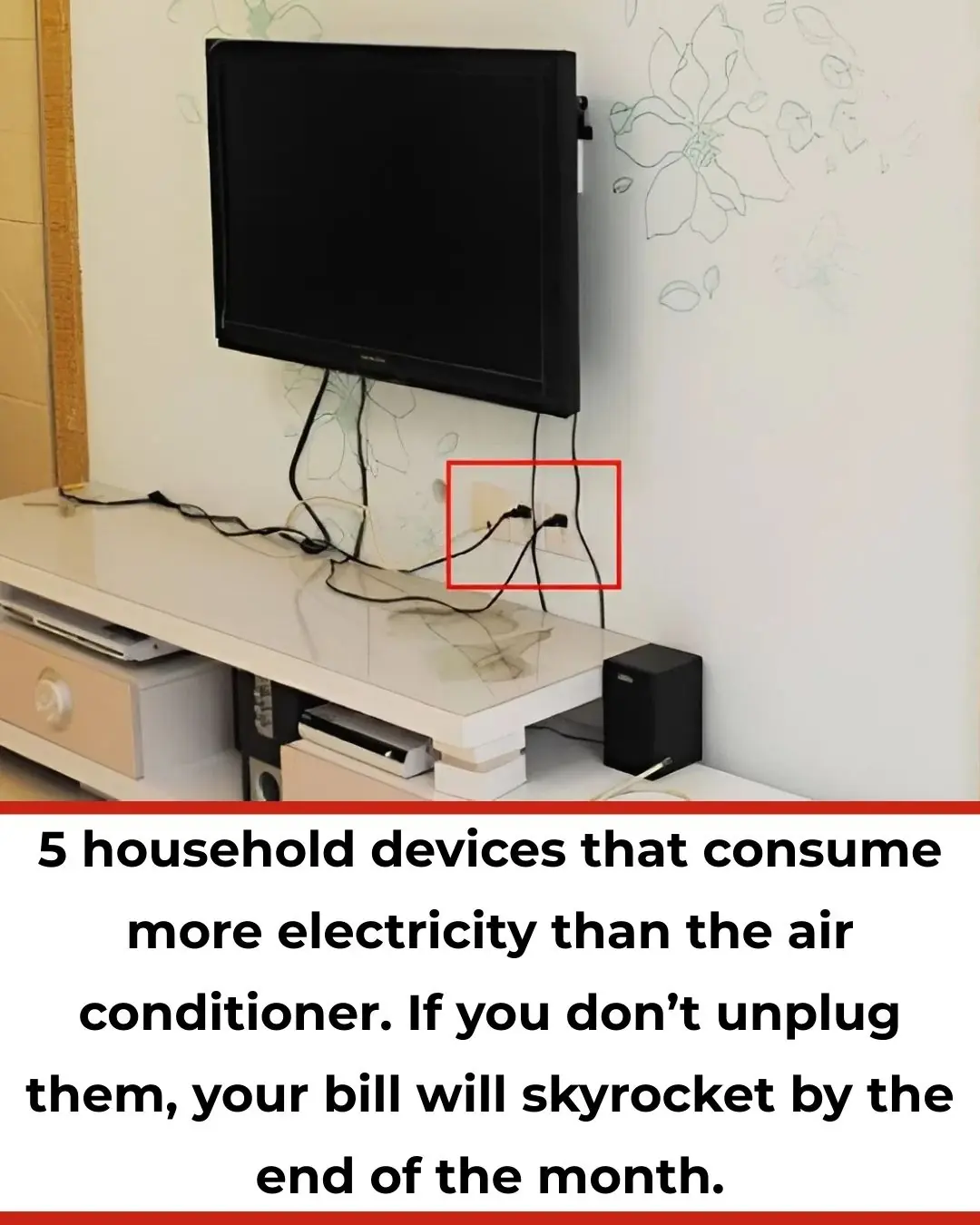
5 Household Devices That Consume More Electricity Than an Air Conditioner: Unplug Them to Avoid Skyrocketing Bills
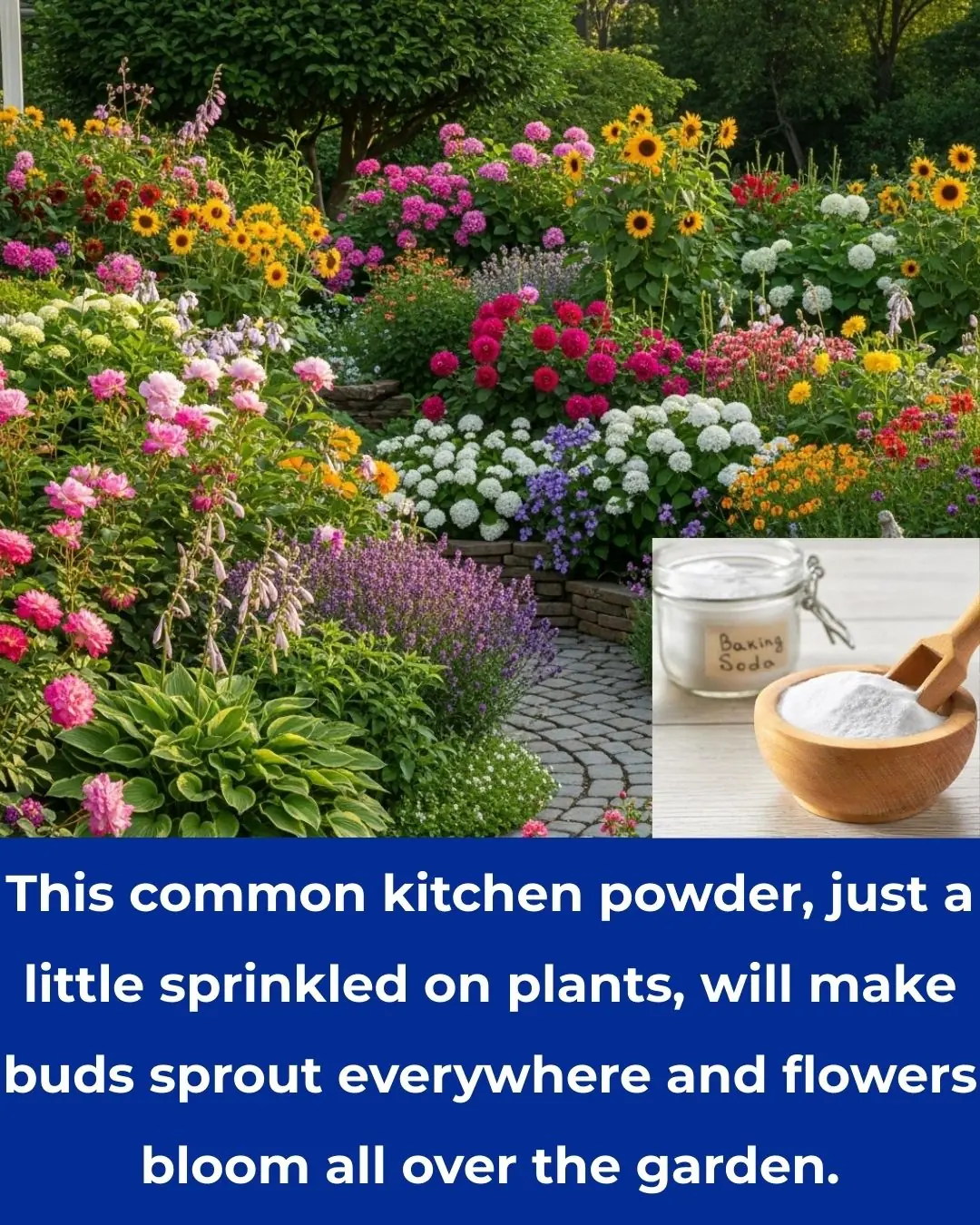
How a Common Kitchen Powder Can Help Your Plants Thrive and Bloom
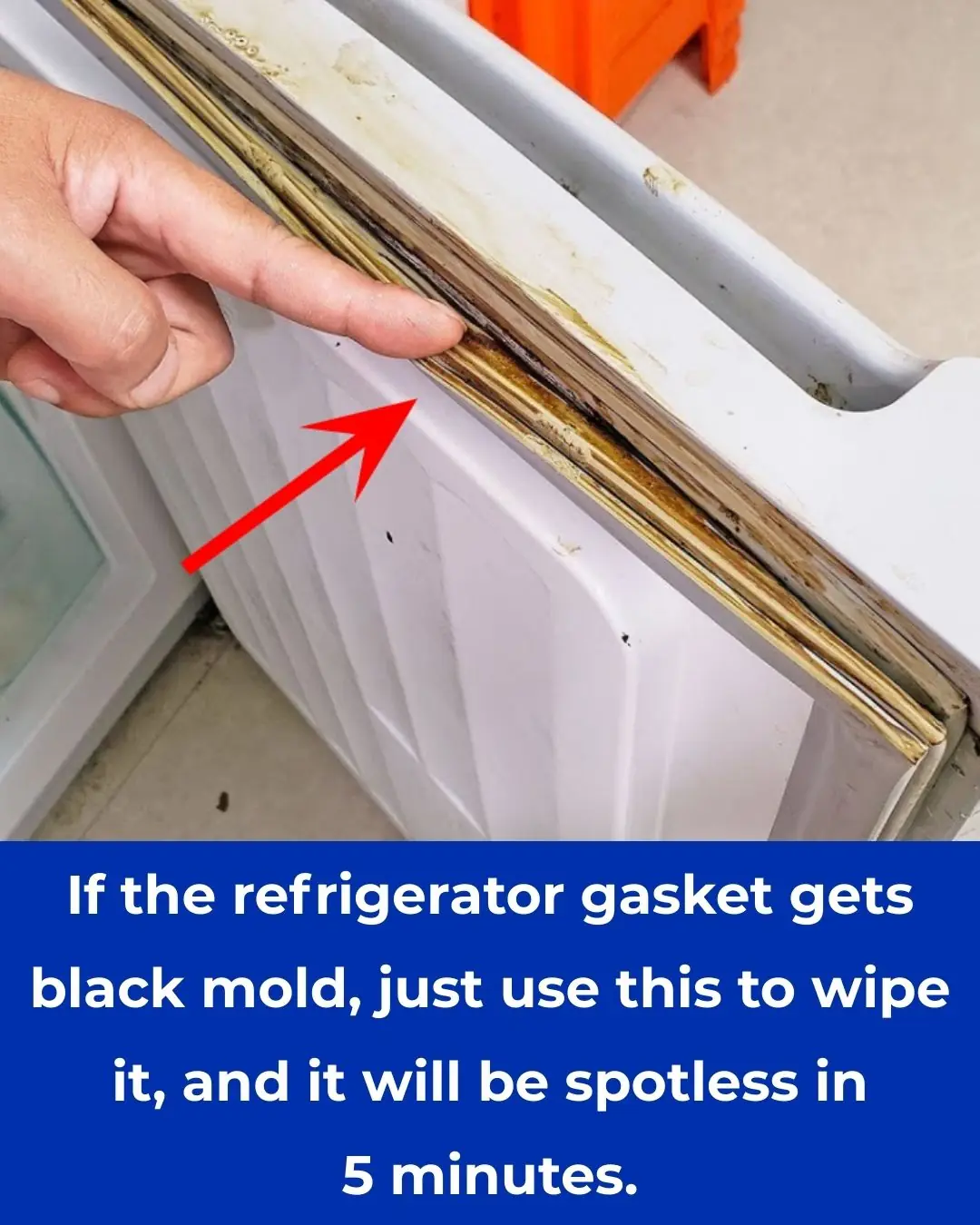
How to Effectively Clean Black Mold from Your Refrigerator Gasket in Just 5 Minutes

10 Early Warning Signs Your Blood Sugar Is Way Too High

If Your Legs Cramp at Night You Need to Know This Immediately

Warning Signs Your Body Is Full of Parasites and How to Effectively Eliminate Them Naturally
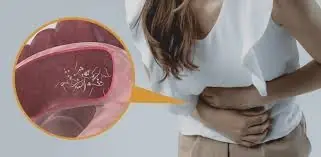
Warning Signs of a Parasite Infection And How to Eliminate It for Good
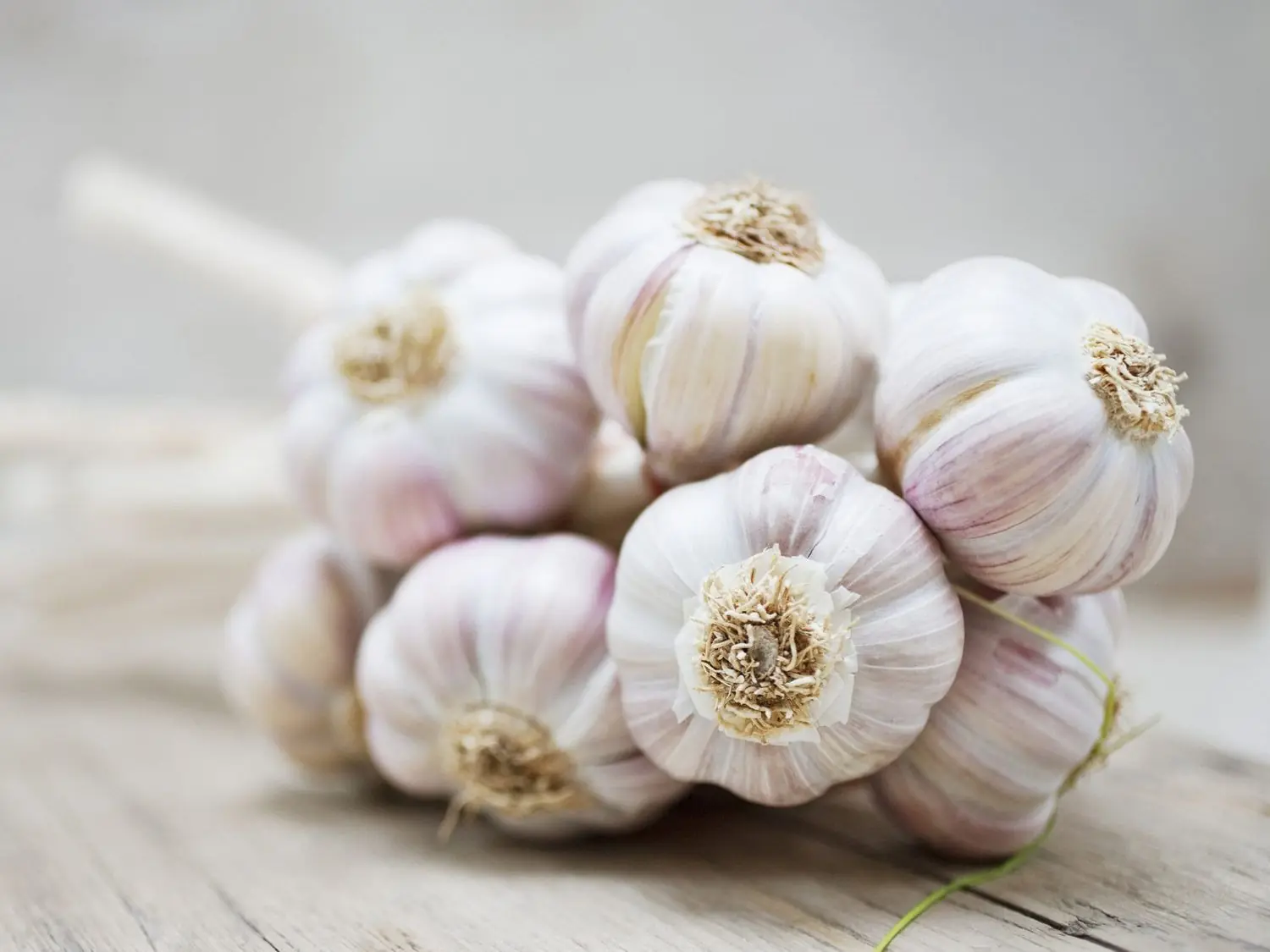
What Raw Garlic Can Do for Your Health Is Truly Unbelievable

5 Common Deficiencies That Can Mess With Your Mood, Energy, and Health
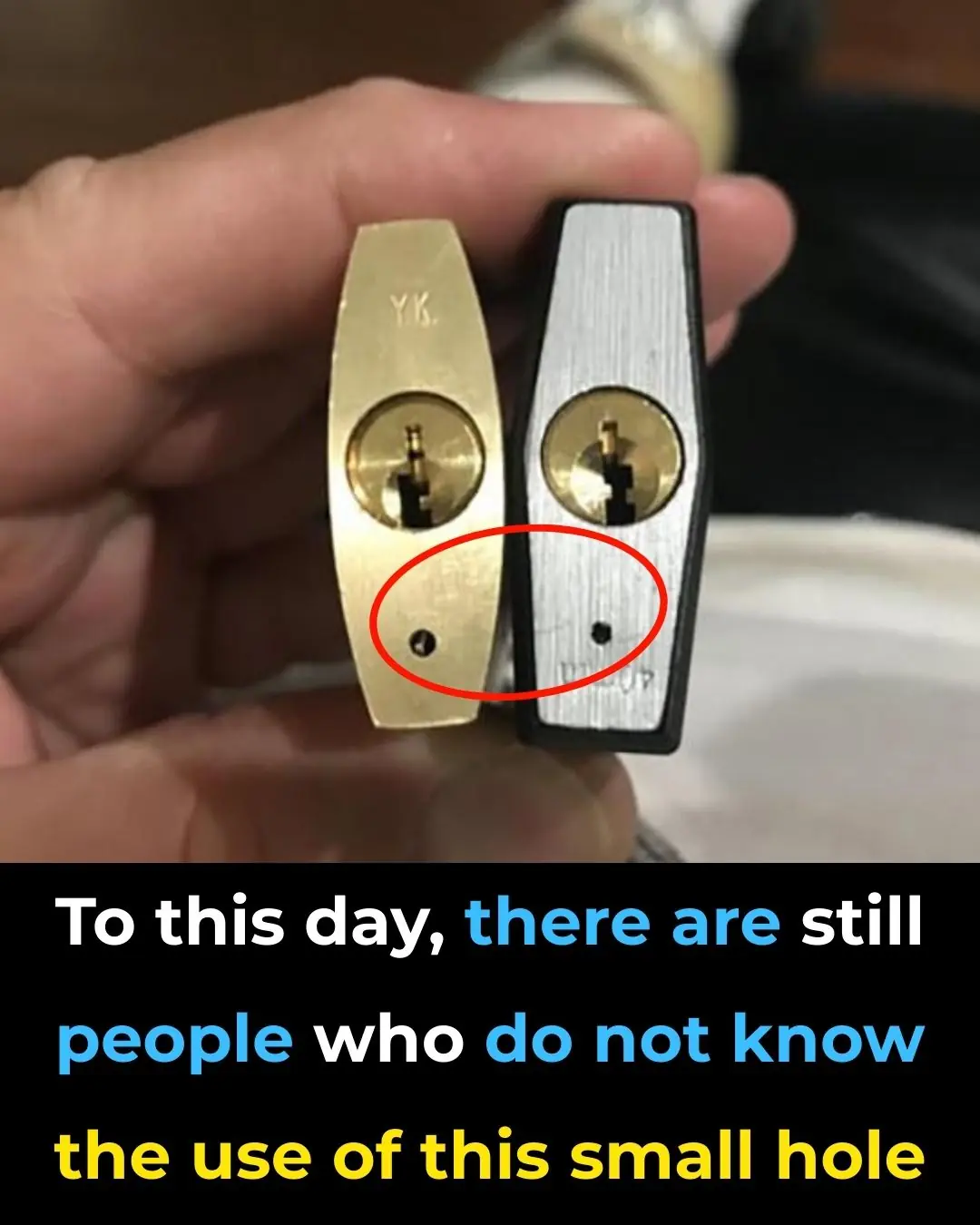
What’s the Small Hole in a Padlock For?

Diabetes Tied to Slower Brain Recovery After TBI

Neuropathic Pruritus Has High Comorbidity Burden, Varied Treatment Responses
